
The goal is education. Temos 64 million students in it. India has about 320 milhão (idade 5 a 14). Bob Compton’s film, Dois milhões de minutos, observed that many students in India and China spend more time acquiring academic knowledge. What works in the Indian culture is going to be different from what works in our American culture. Some might argue we spend our time developing the well-rounded child . Does it matter to many Americans that while we study the Super Bowl and Glee, Indian and Chinese students spend more time building their intellectual foundation? Sim, poverty and weak infrastructure are challenges India faces, but often when you’re coming from behind you’re more hungry to achieve. These are our global friends e our competitors.
It is India Time — India will participate in the next PISA test (Programa de Avaliação Internacional de Estudantes) — pela primeira vez. There have been a number of new educational initiatives that have made this possible. One of the major programs was explained to me by Sridhar Rajagopalan (Head of Educational Initiatives), a man on a mission to revolutionize the way Indians and others think about learning.
What kind of educational system will permit India to have the people skills needed to compete globally?
The goal would be to have an educational system that allows people to reach their full academic potential. This will enable India to compete globally and to have a domestic society where people are engaging meaningfully and are able to solve the problems faced by their society. The system would need to focus on academic excellence and research, and also on developing compassionate and caring individuals.
What are your major challenges?
One of the basic problems the Indian education system faces is our high focus on rote learning. The problem of rote learning is discussed in many countries around the world, including America. No entanto, I think rote learning is a severe problem in India. Rote learning is like saying you don’t need to understand; you don’t need to be able to think and apply knowledge; as long as you can recite what is in a lesson in a textbook, that’s fine. This problem is reflected in our school leaving exams. It’s reflected in the fact that certification is the all important focus, versus learning. The problem is even more serious in rural areas where children are struggling to develop basic skills. So our system needs to focus on learning with understanding, developing critical thinking skills, and developing a lifelong passion for learning.
So if you change the way you test, it might influence the way children are taught?
Absolutamente. The primary purpose for which we use testing is so that the system, os pais, os professores, and the government understand that students are learning. If we change the way we currently test, we can improve both the way we teach and the quality of what children learn. We are beginning to make the first few steps in this direction.
What have you done in the past 5 – 10 years to improve student assessment?
We began our work with low stakes assessment. The first step involves regular assessments. The purpose is to diagnose and to give a benchmark. Our diagnostic work has been considered cutting edge compared to the rest of the world. One of our advantages is our very large sample base of students. The second advantage we have is that we go into great depth in our diagnostic work, por exemplo. what do students understand about angles. When we do a student assessment we capture the students’ responses on video. The videos become very helpful in training and supporting the teacher.
The next step is where the technology comes in. Em cada fase de ensino de um conceito novo, há muitos equívocos potenciais por estudantes. Em vez de esperar um professor para identificar todos esses equívocos quando ela tem 35 ou mais crianças em sua sala de aula, descobriu-se que com os programas de computador desenvolvidos cuidadosamente, nós podemos fazer isso para o professor. Deixe-me dar um exemplo. Se uma criança não compreendeu um conceito, um professor pode sentir que ela precisa para ensinar essa criança o conceito de novo. Com a ajuda dos nossos instrumentos de diagnóstico, we can assist the teacher to better understand exactly where the child’s lack of comprehension lies, enabling the teacher to better focus the child towards the correct answer. We have created a personalized, intelligent computer based learning program that is based on the misconceptions research — a program called Mindsparkthat has been used by leading Indian schools for over 2 anos, and has just started to be used in rural India and the US.
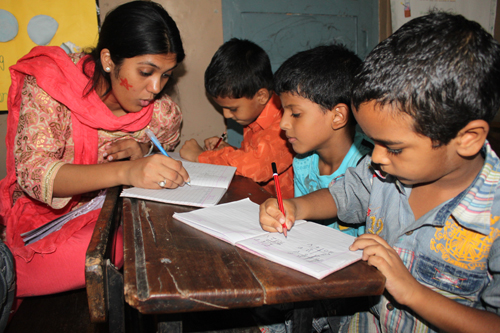
How broad is the distribution of this assessment initiative and what has been its impact?
We currently work with 3,000 escolas privadas. Similarly we are working in government schools in about 20 de 28 states in India, many countries of South Asia, the Gulf, and in Singapore. Through an initiative supported by Google and in partnership with various state governments, we conducted a detailed class-wise assessment on student learning levels in 2009. We have just completed an assessment (in partnership with the government of Mumbai, UNICEF and McKinsey) for every single child in Mumbai in 3rd and 6th grade, and are now doing the same thing with two of our other most progressive states. We expect to see additional states following this lead. Governments have invited us to join committees to reform assessments based on our success. Large systems tend to move slowly, but people are interested in making the kinds of changes I am describing. O fato de que o governo já apoiou a participação da Índia no PISA é um exemplo de confiança do governo que esta abordagem está a funcionar.
Qual é a sua opinião sobre o impacto da pressão acadêmica sobre estudante saúde mental e bem-estar emocional?
Nossos problemas agora mesmo na Índia são diferentes das nações mais desenvolvidas. A Índia tem um sistema de educação deficiente. No entanto, nossa sociedade valoriza a educação mais do que qualquer coisa. Sucesso na educação significa conseguir um bom emprego. Agora mesmo, uma porcentagem muito pequena (menor que 15%) of our children reach higher education. This is not because of lack of interest. Our problem is poverty and low quality of education. In certain elite schools, there has been some discussion about pressure and test taking. But most parents and teachers believe the pressure is inevitable and necessary because of the competition that exists due to supply and demand for good college places.
What is your vision of the well educated Indian student?
There would be three constants. The first bucket I would call critical thinking, which would include creative thinking and the ability to solve problems. Values and ethics would be in my next bucket: compassion and sensitivity and an understanding of the importance of contributing to your society. Then my final bucket would include strong academic stills along with the desire to excel and to do excellent work.
World Wisdom from India
Rote learning will not lead to educational excellence. A successful system will not focus on end of school exams, but rather on the ability to think and apply knowledge and to produce compassionate and sensitive human beings. Change the way you test to improve the way you teach and the quality of learning. The value that society places on education and the individual’s hunger to learn will have a significant impact on a country’s educational progress.
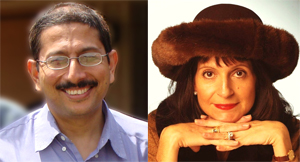

Em A Pesquisa Global para a Educação, juntar C.M. Rubin e líderes de renome mundial, incluindo Sir Michael Barber (Reino Unido), Dr. Leon Botstein (US), Dr. Linda, Darling-Hammond (US), Dr. Madhav Chavan (Índia), Professor Michael Fullan (Canadá), Professor Howard Gardner (US), Professor Yvonne Hellman (Holanda), Professor Kristin Helstad (Noruega), Professor Rose Hipkins (Nova Zelândia), Professor Cornelia Hoogland (Canadá), Senhora. Chantal Kaufmann (Bélgica), Professor Dominique Lafontaine (Bélgica), Professor Hugh Lauder (Reino Unido), Professor Ben Levin (Canadá), Professor Barry McGaw (Austrália), Sridhar Rajagopalan (Índia), Sir Ken Robinson (Reino Unido), Professor Pasi Sahlberg (Finlândia), Andreas Schleicher (PISA, OCDE), Dr. David Shaffer (US), Chanceler Stephen Spahn (US), Yves Theze (Francês Lycee EUA), Professor Charles Ungerleider (Canadá), Professor Tony Wagner (US), Professor Dylan Wiliam (Reino Unido), Professor Theo Wubbels (Holanda), Professor Michael Young (Reino Unido), e Professor Minxuan Zhang (China) como eles exploram as grandes questões da educação imagem que todas as nações enfrentam hoje. A Pesquisa Global para Educação Comunitária Página
C. M. Rubin é o autor de duas séries on-line lido pelo qual ela recebeu uma 2011 Upton Sinclair prêmio, “A Pesquisa Global para a Educação” e “Como vamos Leia?” Ela também é autora de três livros mais vendidos, Incluindo The Real Alice no País das Maravilhas.

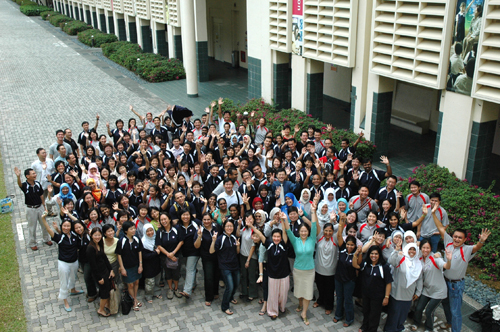
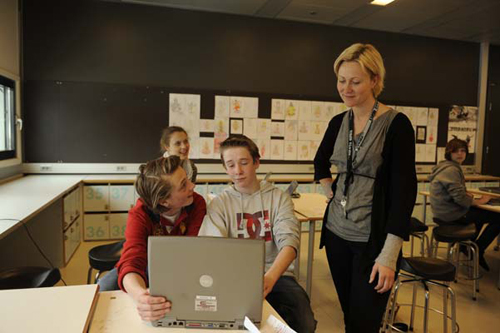
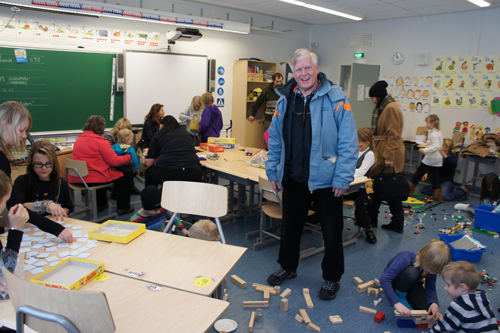
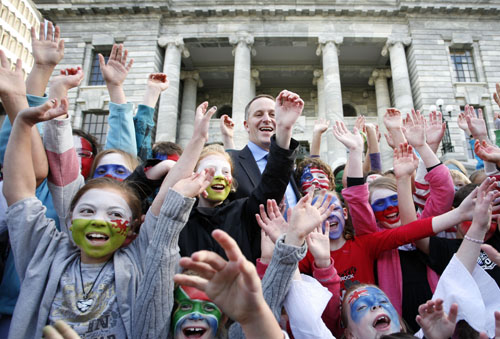
Comentários Recentes